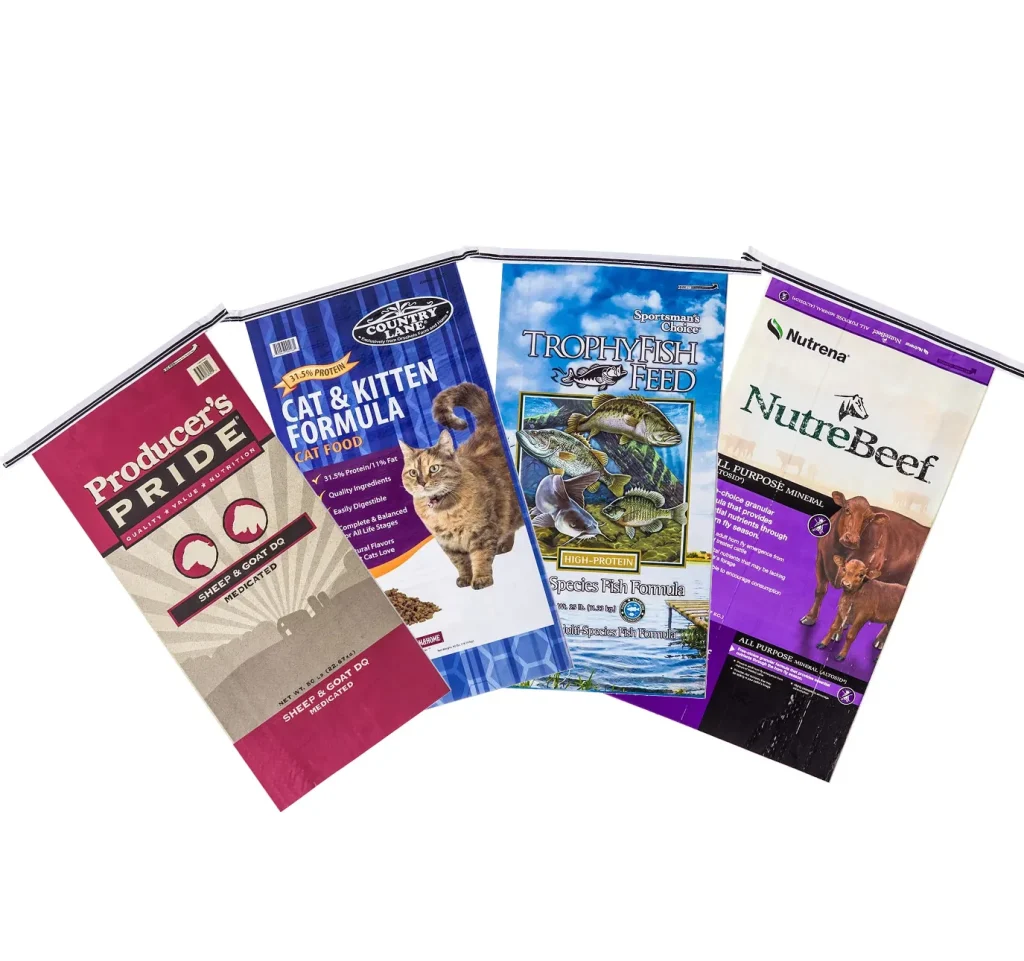
The packaging industry has evolved significantly over the years, providing solutions that cater to diverse needs, including durability, moisture resistance, and aesthetic appeal. Two common types of woven bags utilized in various applications are BOPP laminated woven bags and multi-wall woven bags. Each type has its distinct features, advantages, and specific use cases. This article will explore these differences while highlighting the capabilities of seven-layer co-extruded film technology, which enhances the functionality and appearance of woven bags.
Key Differences Between BOPP Laminated Woven Bags and Multi-Wall Woven Bags
To better understand the differences between BOPP laminated woven bags and multi-wall woven bags, we can look at their construction, applications, and benefits.
| Feature | BOPP Laminated Woven Bags | Multi-Wall Woven Bags |
|---|---|---|
| Material Composition | Made from polypropylene with a BOPP film layer | Typically made from multiple layers of paper or plastic woven together |
| Strength | High tensile strength due to the BOPP layer | Varies based on the number of layers used |
| Moisture Resistance | Excellent moisture resistance due to lamination | Moderate to good moisture resistance depending on the material used |
| Printing Capability | High-quality printing on the BOPP layer | Limited printing capabilities due to the porous nature of the paper |
| Applications | Ideal for food packaging, chemicals, and retail | Suitable for agricultural products, construction materials, and bulk items |
| Cost | Generally more expensive due to added lamination | More cost-effective, especially for bulk production |
| Aesthetic Appeal | More visually appealing due to glossy finish | More utilitarian and less visually appealing |
| Customization | High level of customization available | Limited customization options |
What Are BOPP Laminated Woven Bags?
BOPP (Biaxially Oriented Polypropylene) laminated woven bags are created by combining woven polypropylene fabric with a layer of BOPP film. This lamination process enhances the bag’s strength, moisture resistance, and printability. BOPP bags are commonly used in packaging for food products, agricultural goods, and various industrial applications.
Advantages of BOPP Laminated Woven Bags
- High Barrier Properties: The BOPP layer offers excellent moisture and chemical resistance, making these bags ideal for food and chemical packaging.
- Durability: The lamination adds durability, allowing the bags to withstand handling and transportation stresses.
- Aesthetic Appeal: The glossy finish of BOPP bags allows for high-quality printing, enhancing branding opportunities for products.
- Versatile Applications: BOPP laminated woven bags can be tailored for various uses, from retail packaging to industrial applications.
What Are Multi-Wall Woven Bags?
Multi-wall woven bags consist of multiple layers of woven fabric or paper, which provides a sturdy structure for various applications. These bags can be made from various materials, including paper, plastic, or a combination of both, and are designed for bulk packaging.
Advantages of Multi-Wall Woven Bags
- Cost-Effectiveness: Multi-wall bags are often less expensive than laminated bags, making them a popular choice for bulk packaging solutions.
- Sustainability: Many multi-wall woven bags are made from recyclable materials, appealing to environmentally conscious consumers.
- Weight Variability: Depending on the number of layers, these bags can be customized for different weight requirements, making them suitable for diverse products.
- Robustness: The multi-layer construction provides good protection against external factors, although their moisture resistance may not match that of BOPP bags.
Advanced Seven-Layer Co-Extruded Film Technology
In addition to understanding the differences between these two types of bags, it is crucial to consider advanced manufacturing techniques that enhance their functionality. Seven-layer co-extruded film technology is a significant innovation in the packaging industry.
This technology enables the production of bags that can provide superior moisture resistance, strength, and aesthetic appeal. The seven layers typically include various polymers that offer distinct properties, such as barrier functions, durability, and flexibility.
Advantages of Seven-Layer Co-Extruded Film Technology
- Moisture and Oxygen Barrier: The multi-layer design offers excellent barriers against moisture and oxygen, making these bags ideal for products requiring a high degree of protection.
- Customization: With different polymers in each layer, manufacturers can customize bags to meet specific requirements, whether for food safety, chemical resistance, or aesthetic appeal.
- Improved Print Quality: The surface of co-extruded films can be optimized for printing, ensuring that branding and labeling stand out.
- Lightweight and Strong: This technology allows the production of bags that are lightweight yet robust, improving transportation efficiency.
Conclusion
The choice between BOPP laminated woven bags and multi-wall woven bags largely depends on the specific needs of the application. BOPP laminated bags provide superior moisture resistance and aesthetic appeal, making them suitable for products that demand high-quality packaging. Conversely, multi-wall woven bags offer cost-effective solutions for bulk packaging while still delivering adequate strength and protection.
As the packaging industry continues to innovate, advancements such as seven-layer co-extruded film technology will play a vital role in developing new solutions that meet the diverse needs of manufacturers and consumers alike. Companies like VidePak, a leading BOPP bags manufacturer, are at the forefront of these innovations, ensuring that their products align with modern packaging requirements.
For more insights on how VidePak meets the diverse packaging needs of the industry, visit our page on BOPP Bags Manufacturer.